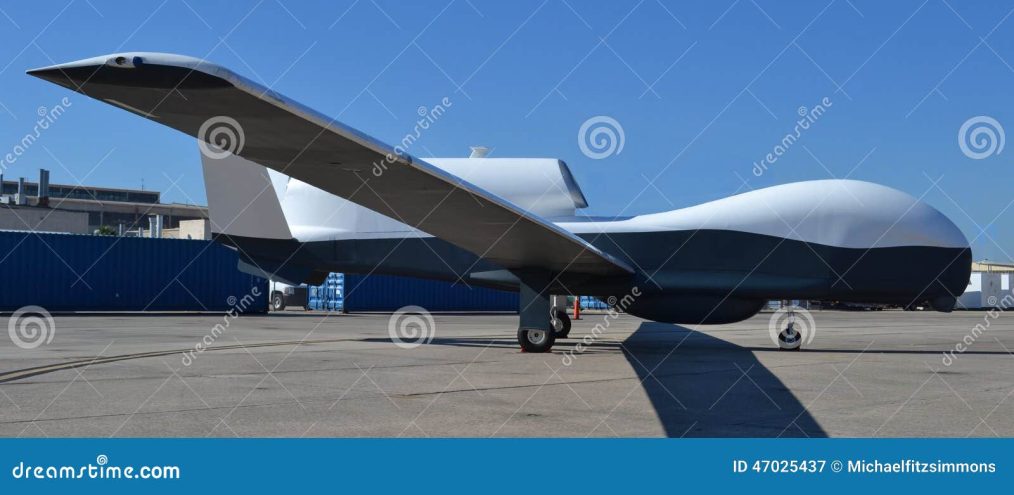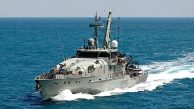
MQ-4C Triton: Enhancing Australia’s Maritime Surveillance and Patrol Capabilities
The MQ-4C Triton is a high-altitude, long-endurance (HALE) remotely piloted aircraft system, specifically designed for maritime patrol and surveillance missions. This advanced aircraft will significantly enhance Australia’s ability to monitor vast ocean areas and conduct various surveillance operations.
Australia’s Triton fleet will be stationed at RAAF Base Tindal in the Northern Territory. Operations will be managed by the newly reformed No. 9 Squadron at RAAF Base Edinburgh in South Australia. Qualified Air Force pilots, operating from a ground station, will control the Triton, supported by a co-pilot. This setup ensures that the aircraft can be effectively managed during long-endurance missions.
One of the key capabilities of the Triton is its ability to monitor up to 40,000 square kilometres per day. It can undertake sustained surveillance missions and support allied freedom of navigation operations in the South China Sea from the Northern Territory. This capability is crucial for increasing Australia’s interoperability with key allies, particularly the United States.
The Triton is designed to operate in conjunction with Australia’s planned fleet of 12 manned P-8A Poseidon maritime patrol and anti-submarine aircraft. This collaboration enhances the effectiveness of Australia’s maritime patrol operations, providing comprehensive coverage and support.
Based on the proven Global Hawk Unmanned Aircraft System (UAS), the Triton benefits from autonomous operations supported by land-based command and control mission planners and sensor operators. Its unique and robust mission sensor suite offers 360-degree coverage on all sensors, providing unprecedented maritime domain awareness for the US Navy and its allies.
In summary, the MQ-4C Triton represents a significant advancement in Australia’s maritime surveillance capabilities, ensuring enhanced monitoring, patrol, and interoperability with allied forces.




